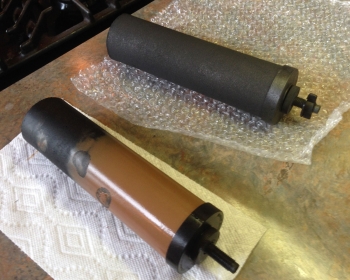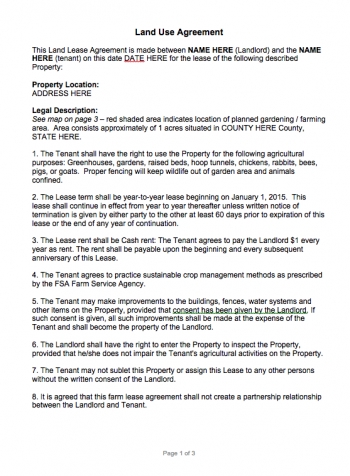 Nate Covington
Private Citizen
Nate Covington
Private Citizen
Homesteading
How to tell the sex of eggs and recently hatched chicks
Great e-Book! Written in 1921, these techniques were used to determine the gender of chicken eggs before they were hatched using nothing more than a strong 'candling' light. The benefit of knowing the gender of the eggs is you can sell the male eggs as food and only hatch the females, which can then be sold as mature, egg-laying hens. It is wise to raise a few roosters for trading with other farmers to keep your flock's gene pool clean.
Homemade Greenhouse (real lumber)
Want to build a greenhouse so you can start working towards self-sufficiency, eating healthier food, etc? Here is a free greenhouse design that includes a storage shed, for storing garden tools, food for our livestock, bales of hay, and the like.
I started researching various methods of building greenhouses, ranging from inexpensive plastic hoop tunnels to the pre-built kits made from metal tubing and glass panels. I also considered storage solutions like shipping containers, pre-built sheds you can buy from major retailers, and amish-style pole barns.
Homemade Livestock Hauler Trailer
I recently used this trailer to bring our pigs in for processing, figured it might be helpful for others to see how it was built. The sides are built up to around 3 feet high with 2x12" rough cut material, pressure treated 4x4's, and half-inch carriage bolts. I also added hog panels to bring the overall height of the walls to over 5 feet.
One of our major objectives was to be able to restore the trailer to its original "equipment hauling" function, meaning the walls need to come off easily. (Why buy multiple trailers...?)
“Dirt Rich” Community Composting Program
We are working with a handful of neighbors to get a small-scale community composting program started. The following text is copied from a Word Document that you can download below as an attachment. We encourage everyone to participate in a community program like this, at some level. Even if you're not gardening at home, you are still producing food scraps!
DIY: A Freezing Temperature Friendly Pig Watering System (how-to, with pics and video)
Tired of hauling water and stomping ice out of containers? I have the solution.
Background:
This is our first attempt at raising pigs in the back yard. We built a basic fence and pig house, got the pigs, and started feeding and watering them. We were hauling 5 gallon buckets of water for a short time before we realized a better solution was in order. We have two of these 275-gallon water totes: one under our deck that hooks up to the gutter, and another down by the pigs. We fill the one using rain water and then use a long hose to fill up the other tank down by the pigs. No more carrying water! The hardest part was figuring out how to keep the whole thing from freezing solid during the winter, as it typically hits single digits in January and February here in Northeast PA.
Caution:
Since water and electricity do not mix well, it is important that you install a ground rod next to your tank. I installed my ground rod about 3 feet away from my tank and ran a long copper wire up the side of the tank and down into it. If you are not comfortable installing a ground rod yourself, have an electrician come do it for you. This way, if something goes wrong with one of the electric heaters, it will not shock us or the pigs. Be sure to check your wires regularly (every few months, at least) and replace things before they wear out.
How to rent land from your neighbor for homesteading
We have been fortunate enough to have a neighbor that was willing to let us expand our backyard homestead operation onto their property. They were concerned about us developing the property and claiming "squatters rights" to it, so they asked that we write up a contract for everyone to sign. The purpose of sharing this document is so that other folks, who are interested in homesteading and sustainable agriculture, can work together and do the same thing while protecting themselves legally.
Note: The information contained herein is for informational purposes only as a service to the public, and is not legal advice or a substitute for legal counsel.
Product Review: PFERD Chain Sharp®
There are a lot of DC and AC-powered saw sharpeners available, and they seem nice, but I didn't want to buy one. Mainly because I can bring a chain into the local shop and they will sharpen it for about $6. And for $6, you walk out with a chain that is "like new." However, they can only sharpen a chain 5 times using their big machine before there is no more teeth remaining. I wanted a sharpening solution that would accomplish a few things:
- It must work without electricity. I don't want to bring a battery, inverter, or need to stand near my truck in order to sharpen my chain.
- It must be simple to operate. I am not a professional lumberjack and never intend to be.
-
"In the councils of government, we must guard against the acquisition of unwarranted influence, whether sought or unsought, by the military-industrial complex. The potential for the disastrous rise of misplaced power exists, and will persist."
- President Dwight Eisenhower



















